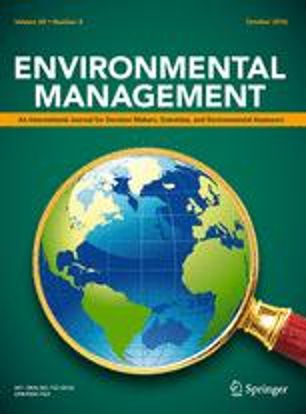Current levels of bushmeat hunting in west and central Africa are largely unsustainable, and will lead to the loss of an important natural resource and cause the extinction of threatened species. Worryingly, great apes are hunted for their meat despite being protected across their range. In this paper, we highlight the main actors involved in the trafficking of great ape meat around the Dja Biosphere Reserve (DBR) in Cameroon, and describe the commodity chain associated with the trade. In total, 78 hunters, porters, traders and consumers were interviewed. Hunters, all men, were primarily driven by profit, encouraged by middlemen, though some hunt for their own consumption. However, we identify that great ape hunting is undertaken by specialized hunters along a relatively short supply chain. Gorilla and chimpanzee meat is sold to restaurants and wealthy buyers via few intermediaries. The price of great ape meat varied at different stages of the chain. Middlemen obtained the greatest financial gain, whereas wholesale traders profited least. Movement of ape meat to markets was predominantly by public transport and facilitated by the use of vehicles that can pass through checkpoints without being examined. Based on our study we recommend potential interventions, including support of law enforcement, investments in conservation and development initiatives, and monitoring and research.
Download:
DOI:
https://doi.org/10.1111/izy.12175
Altmetric score:
Dimensions Citation Count:

























